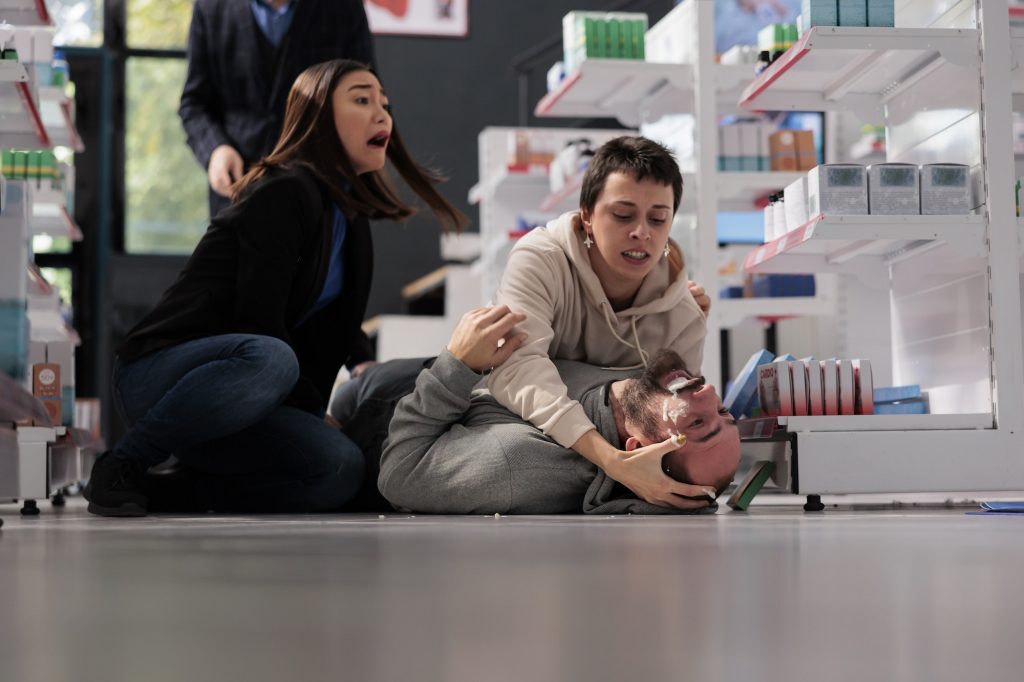
Medical emergencies can happen at any time, and it is important to know how to respond appropriately. The first step in responding to a medical emergency is to assess the situation and determine if the person needs immediate medical attention. If the person is unconscious or not breathing, call 911 immediately.
If the person is conscious but experiencing chest pain or difficulty breathing, it may be a heart attack or asthma attack. In this case, call 911 and stay with the person until help arrives. If the person has an allergic reaction, such as difficulty breathing or swelling of the face and throat, use an epinephrine auto-injector if available and call 911.
In some cases, a person may experience a seizure. It is important to protect them from injury by removing any nearby objects that could cause harm. Do not restrain them or put anything in their mouth during the seizure. Call 911 if it lasts longer than five minutes.
If someone has a severe cut or wound that is bleeding heavily, apply pressure with a clean cloth or bandage until help arrives. If there is an object lodged in their body, do not remove it as this could cause further damage.
It is also important to be prepared for medical emergencies by having a first aid kit on hand and knowing basic first aid techniques such as CPR and how to use an AED (automated external defibrillator). In conclusion, responding to medical emergencies requires quick thinking and appropriate action. Knowing when to call for help and how to provide basic first aid can make all the difference in saving someone’s life.
